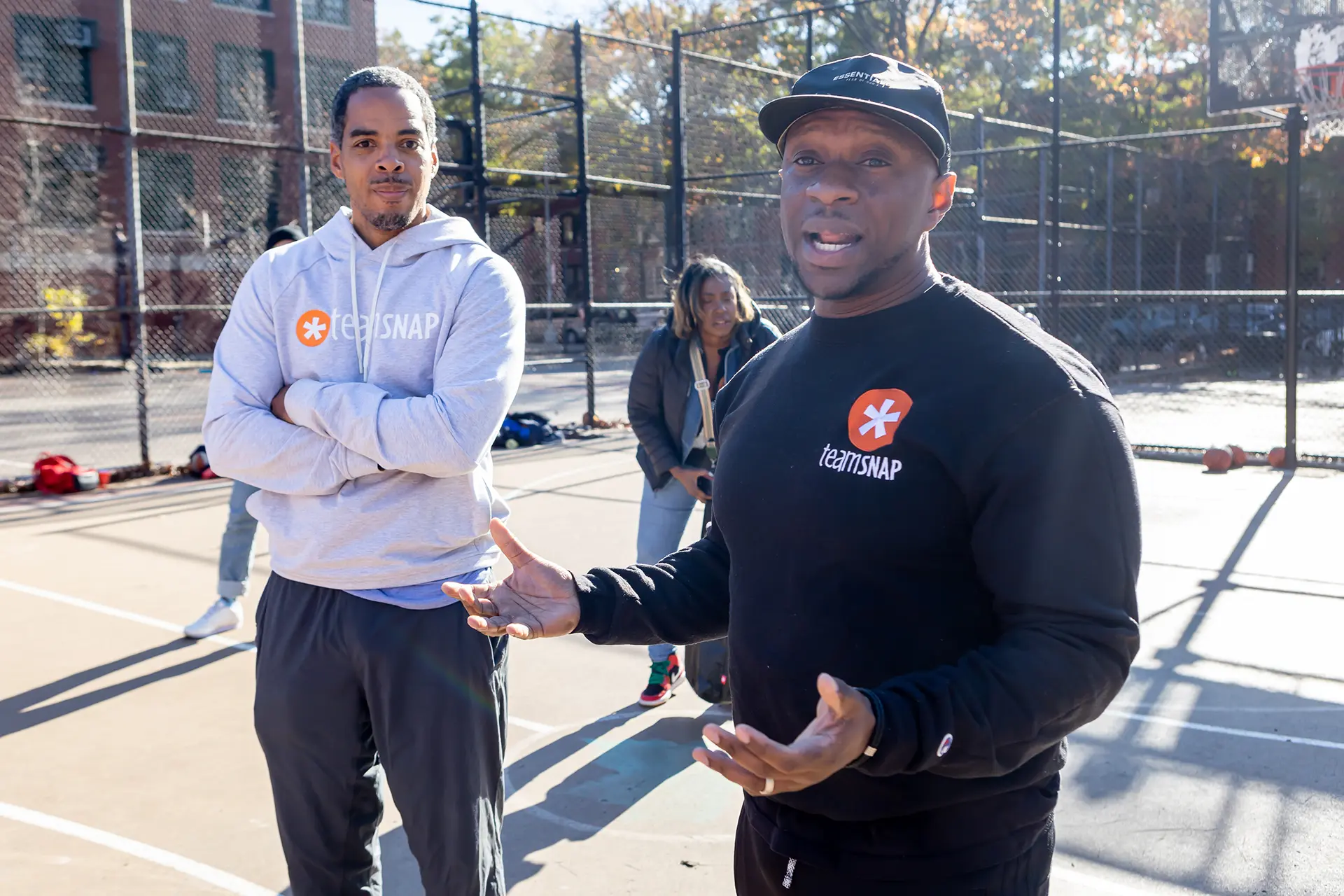
Making an Impact: How Brands Can Supercharge Their Community Impact Programs
Posted in:
Community impact programs are an opportunity for brands to get involved in a more meaningful way. At the forefront, community impact organizations strive to better understand and address and or solve an issue surrounding the community. TeamSnap, for example, has TeamSnap Impact, which is dedicated towards evening the playing field and allowing more access and opportunities for kids’ participation in sports.
Community impact programs can take various forms and address a wide range of issues based on the needs of the community and the goals of the organization. Getting involved in a local community impact program is a great way for brands to build a positive brand image. Consumers often appreciate and support companies that demonstrate a commitment to social and environmental responsibility. This can lead to increased brand trust and loyalty.
According to Forbes, 27% of customers say belonging to a brand influences their decision to do business with the brand, and 66% of companies claim their community has an impact on customer retention. Belonging to a community, investing in a community program, all are proven to be good for business in the short and long term.
Here are five examples of ways brands can get involved and take their community impact programs to the next level.
Partner up!
Brands can partner with local non-profit organizations or community initiatives through corporate sponsorship. This could involve financial support for events, projects, or ongoing programs. By associating their name with community-driven initiatives, brands can enhance their reputation and build positive relationships.
Corporate sponsorship is a powerful tool that allows brands to demonstrate their commitment to social responsibility and make a positive contribution to the communities in which they operate.
Make volunteering easy for employees
Encourage employees to participate in volunteer programs during work hours. Brands can collaborate with local charities or organize their own community service projects. This not only benefits the community but also fosters a sense of pride and teamwork among employees.
One of the biggest challenges for companies is incentivizing volunteers. Consider offering something in return for employee volunteerism. It could be prizes, recognition, employee advocacy – just to name a few to encourage more to participate.
A brand that has been involved in the community for a long time is Starbucks. Starbucks focuses on supporting coffee-producing communities, providing access to education, healthcare, and clean water. Starbucks also encourages employee volunteerism and community service – which directly trickles down to being recognized as a brand that gives back.
One-for-One Campaigns
Brands can align themselves with social or environmental causes through marketing campaigns. This involves tying the purchase of a product or service to a specific donation or support for a community initiative. This not only raises awareness for the cause but also provides tangible support.
The Cone/Porter Novelli Survey found that 78% of consumers would tell others to buy from a purpose-driven company.
One notable example of a cause marketing campaign is TOMS Shoes’ “One for One” initiative. TOMS is a footwear and eyewear company founded on the principle of giving back to those in need. The “One for One” campaign, launched in 2006, is a prominent example of how a brand can tie its product sales directly to a social cause.
In the “One for One” model, for every pair of shoes purchased, TOMS pledged to donate a pair of shoes to a child in need. This direct correlation between customer purchases and charitable giving became a central part of TOMS’ brand identity.
Play to your strengths
Many community organizations can benefit from the specific skills and expertise of professionals. Brands can encourage employees to volunteer their skills, such as marketing, IT, or finance, to help local non-profits improve their operations. This form of volunteering allows companies to contribute in a way that leverages their core competencies. A consumer’s decision to buy is driven by brand actions that happen well before the final transaction occurs, so consider trying to understand and adapt to the motivations behind consumer decisions. To learn more, check out this ebook: Increasing Purchase Intent: A Playbook for Marketers
The ice cream company Ben & Jerry’s is committed to social justice and environmental sustainability. The company supports various community programs through its Ben & Jerry’s Foundation, focusing on issues like climate justice, democracy, and social and economic justice.
Host purpose-driven events
Organize and host events that directly engage the local community. This could include workshops, seminars, or recreational events that bring people together. Brands can sponsor or organize these events, providing resources and support to create a positive impact on the community’s well-being.
Consumers, particularly those in younger demographics, are demonstrating a growing preference for brands that align with their values and contribute to causes they care about. This shift in consumer behavior has propelled brands to adopt a more purpose-driven approach.
In a study conducted by Cone Communications, 94% of those surveyed, who were Gen-Z, believed that companies should be involved and address social issues. While Gen-Z isn’t the only generation in the mix, brands have become more inclined to make a difference socially.
It’s important for brands to approach community impact with authenticity and a genuine commitment to making a difference. Understanding the needs of the community, collaborating with local organizations, and maintaining transparency in their efforts will contribute to the success and sustainability of their community impact programs.
